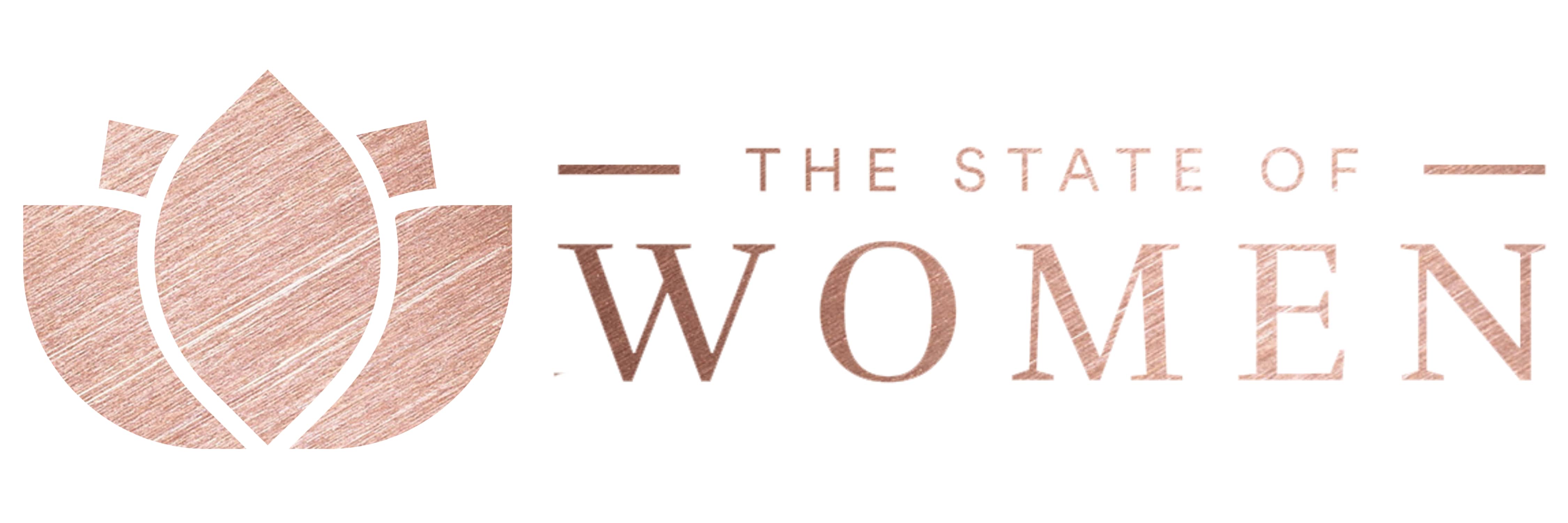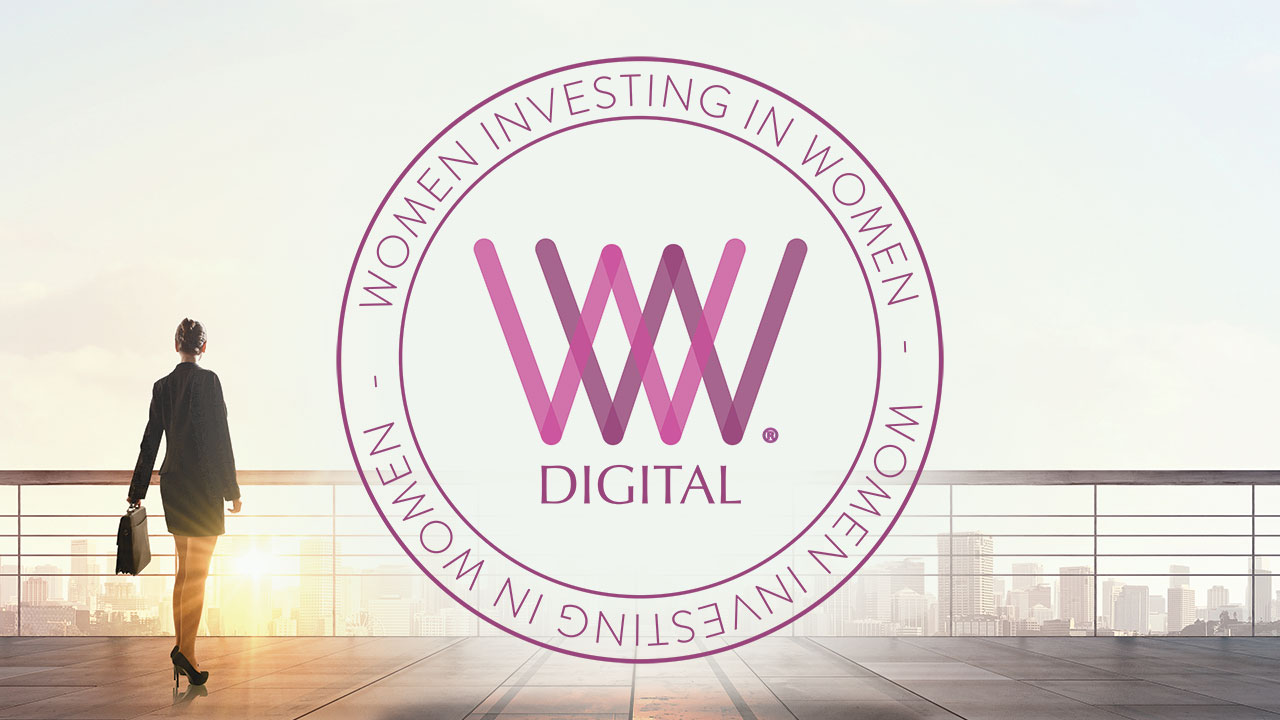Following Iceland’s trailblazing equal-pay law, bestselling author and political journalist Sif Sigmarsdóttir reflects on the gender pay gap, as well as gender equality in general, in Iceland and around the world. She explores how Iceland is one of the best places to be a woman—in personal as well as professional life—and how statements like the women’s strike of 1975 made a nation recognize and respect the value of women; paving the way for Iceland’s first woman president (and one of the world’s first democratically elected women leaders), Vigdís Finnbogadóttir.
The author discusses how growing up seeing a woman leader—and becoming used to it—affected a generation of Icelandic women. However, she also considers how inequality has persisted in Iceland, from leadership hurdles to the gender pay gap, which for years has stagnated at about 16 percent.
Click through to read more about how long women will have to wait for the gender pay gap to fully close, the importance of both symbolic and far-reaching concrete policy changes like the equal-pay law, and how to keep moving the needle on gender equality.
On 24 October 1975, the women of Iceland refused to show up for work. They refused to cook, clean or look after their children. Basically, they went on strike. And that day, the shops in Iceland ran out of the only convenience food available at the time: sausages.
Call it symbolism, but by going on strike the women of Iceland were calling for men to respect their work and demanding equal pay.
This week Iceland became the first country in the world to make companies prove they are not paying women less than men for the same work. Employers are rushing to comply with the new rules to avoid fines. Companies and government agencies with more than 25 staff must obtain government certification of their equal pay policies.
Iceland has long been deemed the best place in the world to be a woman. For the past nine years, the country has topped the World Economic Forum’s gender equality index; the UK comes in at 15th.
In Iceland men get at least three months’ paternity leave, and 90% of them take it. This gives them time to become comfortable with child-rearing, encouraging them to share the workload with their partners. Women in Iceland are highly educated, a high percentage hold managerial positions and they don’t give up their careers to have children: they do both – like the country’s new prime minister. At the end of 2017 Iceland got its second female prime minister, a 41-year-old with three young sons.
Want to receive early-bird invitations to our global events, custom-tailored content we think you’ll love, and get exclusive access to “The World Women Report”?


